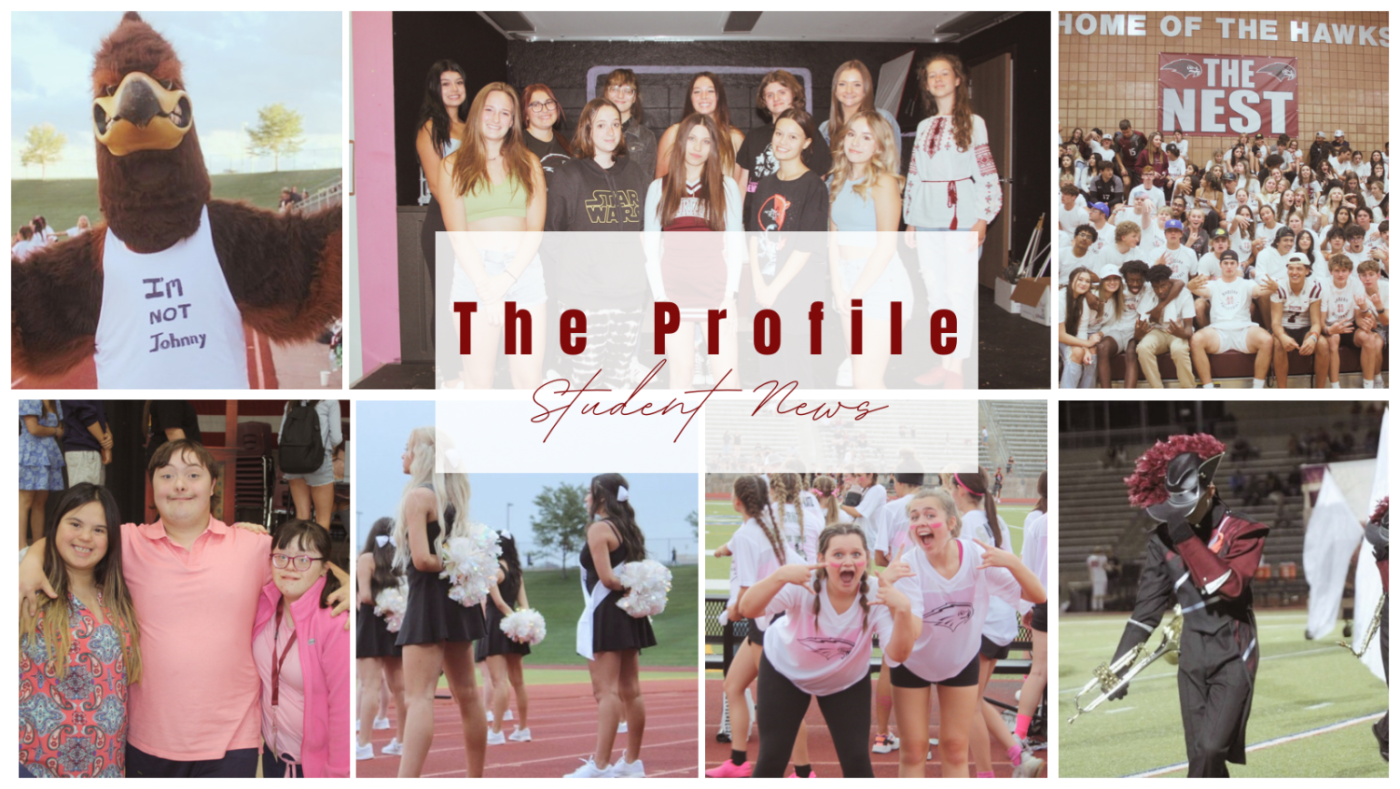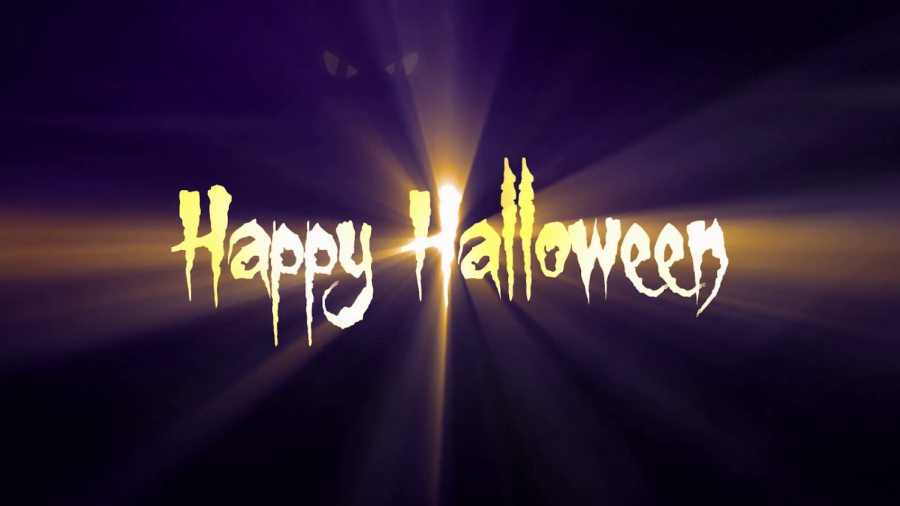Spooky Scary Skeletons
The History of Halloween
October 27, 2020
The Nightmare Before Christmas, Hocus Pocus, Halloween, Scream, and The Nightmare on Elm Street, all movies that get us into the spooky season. Neighbors put up decorations of skeletons, bats and witches, fake spider webs on bushes and smoke to fill the yard for trick or treaters.
Some people prefer a gory Halloween, others enjoy a light hearted cartoon. Whichever one you are, it originated from a very interesting story.
Halloween is a tradition that has come from the ancient festival, the Celtic Festival of Samhain. People would light bonfires and put on festive costumes to ward off the ghost who haunted the area. In the 18th century, Pope Gregory III designated November 1 as a day to honor all saints.
Soon, All Saints Day began to incorporate the traditions of the Samhain. The evening began to be known as All Hallows Eve, however, it changed over time to be known as Halloween.
The Celts lived 2,000 years ago in areas that are now Ireland, the United Kingdom, and Northern France. Samhain marked the date that the Summer ended, and the cold winter drenched the environment, often associated in human death. The Celts believed that the night before the new year, a portal allowed ghosts to enter the living world, which was on October 31st.
The Celts would then create bonfires and sacrifice animals and burn crops to please the Celtic deities. The Celtic would wear costumes made of animal heads and skins, they would also attempt to tell one another’s fortune.
By 43 A.D., the Roman Empire had conquered the Celtic people, and they began to incorporate their traditions into the Samhain. This caused the celebration of Halloween to be limited to New England colonies. Halloween was far more common in Maryland than in southern colonies such as the Carolinas.
The English began to smoosh their Halloween traditions with Native American traditions, creating a new form of an American Halloween. New events emerged, including parties and plays to celebrate harvest. Neighbors would come together to share ghost stories, sing and dance. Colonial Halloween would even suggest mischief making, playing tricks on neighbors.
As the Irish began to flood into America during the potato famine, they began to spread their Halloween traditions throughout America.
Borrowing from European traditions, Americans began going from door to door, trick-or-treating in fun costumes. Young women also believed that they could divine their future husbands name and appearance by doing tricks with yarn and bobbing for apples.
By the 1920’s, Halloween parties became all the talk. Families, both young and old, would get together and celebrate. However, vandalism became a problem during Halloween. By the 1950’s, town leaders had successfully taken care of vandalism, causing Halloween to be pointed more so at the youth.
Residents in neighborhoods would give the children treats in order to prevent them from playing tricks on them. This created a new tradition in America, and now candy companies can take in more than 6 million dollars every year during Halloween.
And of course, who could ever forget Halloween movies? These movies became all the rage during the 1970’s, making a boom with the historic Michael Myers, Halloween. This movie inspired the creation of Scream, Nightmare on Elm Street, and Friday the 13th.
Halloween is on Saturday, October 31st of this year. They say there is supposed to be a blue moon that night, and with everything that has happened this year, do you believe in ghosts?


